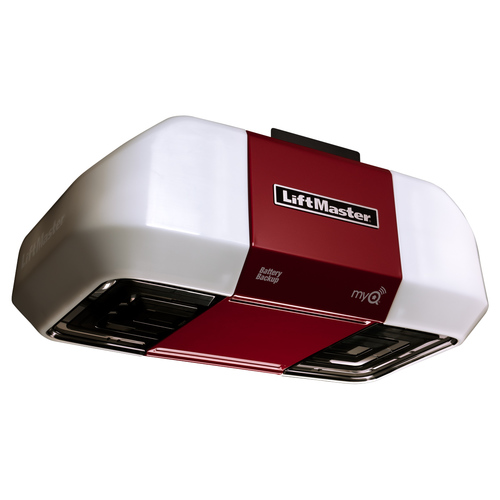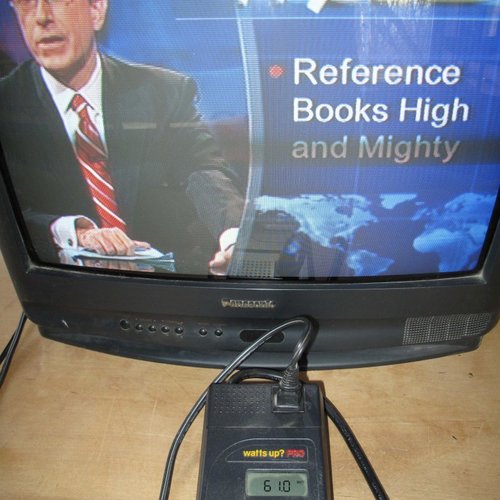
Image Credit: Martin Holladay
The biggest energy load in most houses is space heating. When it comes to electricity, the list of major loads usually includes air conditioners, water heaters, and lighting.
Almost all other residential electrical loads are usually categorized as “plug loads.” According to a paper by Sam Rashkin, Glenn Chinery, and David Meisegeier, “plug loads are the fastest growing energy load in the residential sector.”
A grab bag of devices fall into this category, including televisions, set-top boxes, DVD players, music systems, computers, doorbells, alarm systems, toasters, coffee makers, hair dryers, garage door openers, and rechargeable tools. (Some, but not all, energy researchers include major appliances — refrigerators, clothes washers, clothes dryers, and dishwashers — with plug loads; others consider appliances to be a separate category.)
Appliances are easy
Designers of net-zero-energy homes are obviously interested in reducing electrical loads to a minimum. When it comes to major appliances, the task is fairly simple. For example, here are the steps required to minimize electrical use for a refrigerator:
- Convince the homeowners that they need no more than one refrigerator.
- Convince the homeowners to choose a relatively small refrigerator — ideally, not a side-by-side model, and ideally, one without a through-the-door ice-cube dispenser.
- Specify the most efficient available refrigerator that barely meets the homeowners’ size requirements.
Over the past couple of decades, appliance manufacturers, prodded in some cases by the federal government, have done a fairly good job of improving the electrical efficiency of most appliances. Anyone who wants to buy a really efficient air conditioner, refrigerator, or clothes washer can go out and buy one.
Losing the arms race
When it comes to plug loads, however, we are losing the arms race. For the most part, plug loads are not regulated by current energy codes. It’s discouraging that (for a variety of reasons) the…
Weekly Newsletter
Get building science and energy efficiency advice, plus special offers, in your inbox.

This article is only available to GBA Prime Members
Sign up for a free trial and get instant access to this article as well as GBA’s complete library of premium articles and construction details.
Start Free TrialAlready a member? Log in















4 Comments
Power bar option
Hi Martin,
I've been thinking of using the Lightning Switch to remotely shut off my router/modem. It doesn't need to be on when no one is home and it would be nice to have a switch by my exterior door so that I could just turn the router on and off as I come and go.
The inconvenient thing about power bars is that they seem to end up in inaccessible awkward places, making them difficult to shut off. And difficult and awkward lead to poor results when it comes to conservation whenever people are involved.
I haven't looked into it, not sure if the Lightning Switch has a phantom load?
Cheers,
Andrew
Consider installing switched receptacles
I'm not familiar with the Lightning Switch, so I can't comment on its phantom load, if any.
One solution to the problem of awkwardly located power strips: use switched receptacles. Of course, this solution assumes that you are either (a) building a new house, and you know exactly where you want your switched receptacles and your switches, or (b) you are a remodeler who knows how to snake wires.
Most power strips include keyhole slots at the rear that allow the power strips to be wall-mounted. That works better than allowing the power strips to fall on the floor behind the desk.
Refers
When it comes to refrigerators, don't forget the importance of cleaning the coils every six months. Makes a huge difference in the efficiency of the appliance.
Cleaning refrigerator coils
Ron,
I'd be interested to know the source of your data. According to Evan Mills, a Lawrence Berkeley National Laboratory researcher, the data to support your recommendation is lacking. Here's how Mills answered the question in an "energy myths" article:
"Myth: Cleaning refrigerator coils saves energy."
"While this seems intuitively logical, and very small savings may indeed arise, efforts to actually measure this effect have typically come up empty-handed. Cleaning coils is probably a good idea, especially if you want to cut down on dust and dirt buildup in your kitchen, but don’t expect lower utility bills from it."
Read the whole article here:
http://www.homeenergy.org/consumerinfo/myths/index.php
Log in or become a member to post a comment.
Sign up Log in